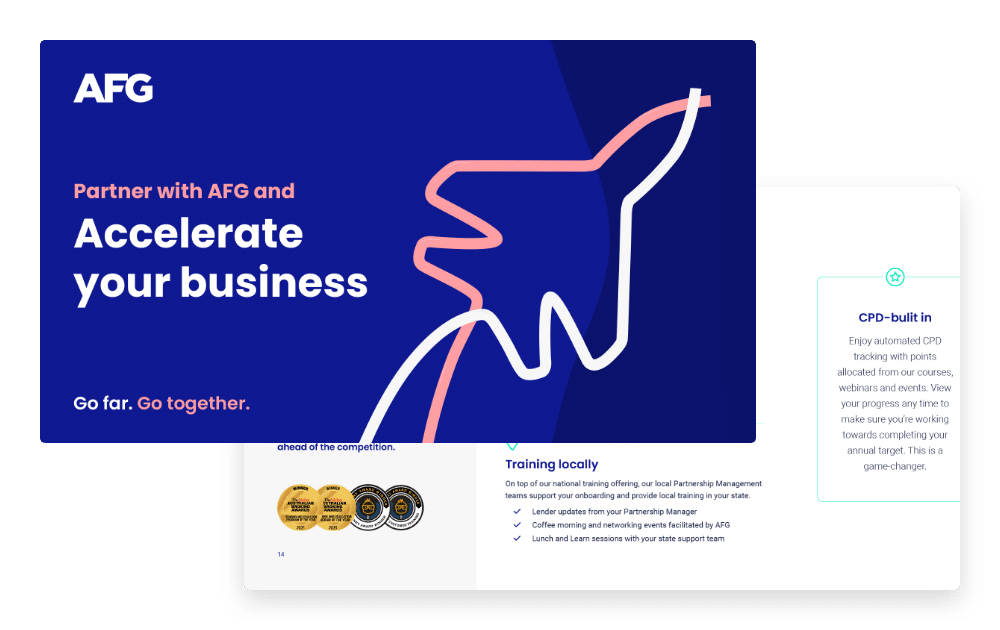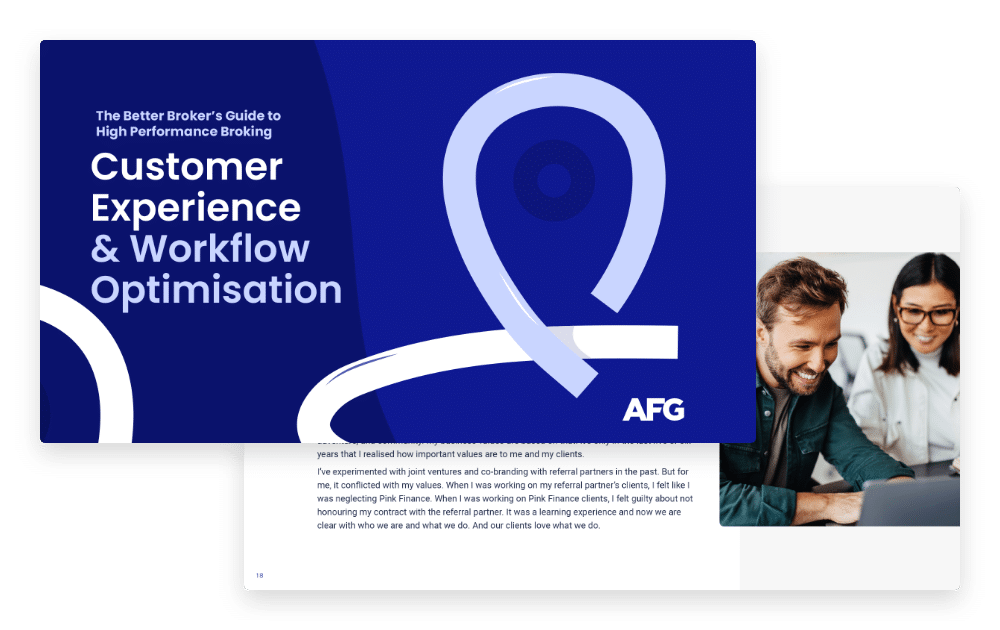Big business has been analysing consumer habits for years to boost sales and expand their customer base. Now there’s a host of powerful analytical tools available to small business too.
It is an event that saw the rather dry world of business analytics make international headlines. Back in 2012 data crunchers at Target in the US managed to work out a teenager was pregnant before she had even told her father.
Statisticians at the chain store had identified 25 products that – when purchased together – indicated a woman was pregnant. When any customer bought these products it would trigger an automatic mail-out of special offers on baby clothes and nursery furniture.
A man reportedly complained his young daughter had been sent “inappropriate” advertising material but later found out she was, in fact, pregnant. Target knew before he did. The story offered a startling insight into how big business was using analytics to track customer behaviour and drive new sales by intuiting consumer interest.
Four years on and ‘analytics’ is still the darling of the business world, but it is no longer just the domain of big business. Smaller firms are jumping on board, thanks to a host of powerful free and low-cost analytic tools.
And, although some can take time to master, it is well worth the effort, according to James Forbes, digital and marketing executive with Infoready, one of Australia’s leading data and analytics firms.
Infoready uses data tools to help companies solve problems and optimise their marketing spend. Forbes believed most small businesses didn’t take full advantage of tools that could deliver a significant business edge. So, what sort of information could analytics deliver? Well pretty much anything, Forbes said.
And therein lay one of the potential pitfalls. “One of the challenges is that there are so many tools, you can just get stuck in a never-ending loop of investigating and finding new tools,” he said. Offline analytics (such as phone logs and point of sale data) would reveal patterns in customer behaviour. But as most activity, both business and personal, shifted online – this was where the richest veins of information lay, making it possible to track:
- Who accessed your website (individuals and companies) and how often; how long they spent there and what they look at.
- How they got there (i.e. a keyword search, Google or Facebook ad, or links from another page).
- What sort of device they used to access your site.
- How they used your website – where they clicked and where their cursor hovers. Analytics tools could even reveal you how users navigate forms on your website, indicating fatigue points where people abandon the process. Analytics tools were also useful for testing the effectiveness of different strategies by running landing pages with alternate layouts. “The whole thing with digital is that it’s a great environment to test and measure,” Forbes said. To avoid getting bogged down with myriad tools, Forbes suggested starting with a problem or goal in mind and working backwards to find a tool that could help. “You can rent these tools by the month. If they work for you, great. If not, move on.”
Analytics Tool Box: useful free and low-cost tools for small business
- Google Analytics: This is a free service, but most businesses only used about five per cent of its capabilities, Forbes said. One of the most powerful ways for SMEs to use Google Analytics was to track ‘events’ (such as people completing sign-ups/registrations, booking appointments or making purchases). Tracking the source of this event traffic allowed businesses to identify the advertising/marketing channels that drove the most valuable visits to your site. A lot of money spent in digital media was wasted because firms didn’t take the time to perform simple market attributions to work out which forms of promotion were most effective, Forbes said. “You can drill down even further so you can understand which specific ad, which specific copy, which image, is driving the traffic. Big business is doing that. Are small businesses doing that? A lot of them won’t be,” he concluded.
- Google Trends: This free tool is really about keyword research. “So if you are thinking about doing some digital advertising you can use it to explore what people are searching for on Google,” Forbes said.
- Facebook Ads: “You can actually use the Facebook ad management tools to research your business and your market,” Forbes said. It allows you to see the size and geography of market interests.
- Optimizely: This tool enabled firms to carry out A/B testing to compare different versions of webpages for performance. For example, you could test whether a red or green ‘buy’ button works better; or if a price point of $19.95 attracted more sales than $20. “You can see which one converts better and you can auto pick the winner,” Forbes said. “You can test your webpage to understand how you can optimise virtually every element.”
- Unbounce: This low-cost subscription service was particularly useful to allow small business operators with limited IT skills to build and test landing pages to drive specific actions, such as sales or lead generation (sign-ups and registration). Landing pages could be linked to both your e-commerce site and a promotional campaign to test the effectiveness of various ad channels.
- Inspectlet: “This actually allows you to record sessions of people interacting on your webpage,” Forbes explained. It included heatmaps and form analytics. “So it’s more of a qualitative than quantitative – you’re seeing how people actually interact with the webpage – where did they hover, where did they dwell, how far did they scroll down, at what point did they abandon.”









